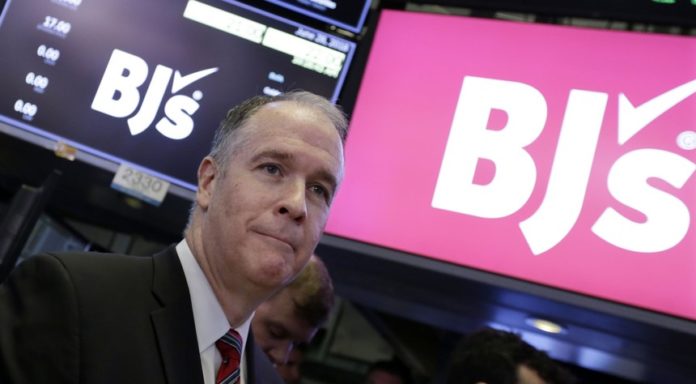Because producers and manufacturers pay wholesale prices for goods several months before the finished product hits shelves, this is a good indicator of future inflation. Yesterday’s wholesale inflation report by the Department of Labor indicated that inflation will remain high through the summer and into fall, which is bad news for Joe Biden as well as the Democrats.
This follows the CPI inflation numbers for April showing an 8.3 percent increase. This double whammy has left the Biden administration scrambling for lipstick to cover a pig.
Economists expected a 10.7 percent increase in wholesale prices. They received 11 percent, which includes volatile energy and food sectors.
The core price index rose 0.6% in April without them, after a 0.9% rise in March. Core prices have increased 6.9% over the past 12 months.
Fox Business: Prices for goods increased 1.3% last month. This was the fourth consecutive increase and the largest contributor to the headline inflation number. This included increases for motor vehicles, diesel fuel, and eggs. Construction prices rose by 4% in April while services prices remained steady.
After a 6.4% increase in energy the previous month, April saw a moderated rise in energy.
This rise in wholesale prices follows a separate Labor Department report that was released Wednesday. It showed that the consumer price index rose 8.3% in April compared to the previous year. This is much higher than economists had expected. Consumption of everyday necessities like groceries and gasoline is increasing.
The Federal Reserve Bank has been cautious in its efforts to combat inflation. They have raised interest rates by half an percent this week, following a similar increase earlier this year. The markets have been cheered by this, as they fear larger corrections if the Fed’s medicine doesn’t work.
CNBC: Bill Adams, Comerica Bank’s chief economist, stated that while inflation may have reached its peak in the United States it has gained momentum over the past two years and is likely to close 2022 at the Federal Reserve’s 2% target. Before they can begin to consider the end of the current rate-hike cycle, the Fed will need more evidence that inflation is cooling off and that higher interest rates slow down demand.
These indications will likely be long-lasting.


